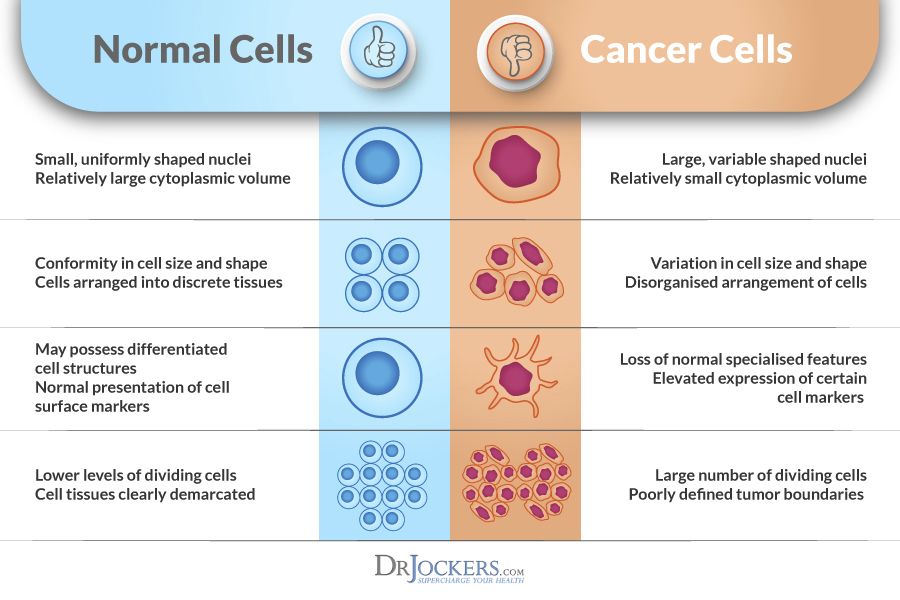"All illness is created first in the mind," I repeated. "Let's examine this idea in relation to epigenetics. Traditional science has always believed in genetic determinism. This is the idea that our DNA determines so much of who we are, and we are powerless to change it — whether it's our eye color, our metabolism, or our susceptibility to cancer."
"But earlier you said people with Multiple Personality Disorder were able to change their eye color," Zac said.
"Yes. Genetic determinism is obviously wrong. It's just another delusional offshoot of materialism, and followers of the materialist religion have a habit of disregarding evidence that doesn't support their belief. If genetic determinism were true, people with Multiple Personality Disorder should not be able to modify their eye color. Similarly, if consciousness is in the brain, NDEs should not occur during flat EEG readings." I massaged my temples in frustration. "And these people call themselves critical thinkers. God help us."
"But genetic determinism has some merit to it," Zac said. "People do inherit conditions."
"Sure they do. The illusion of genetic determinism is just another neurosis, as is every other consistent pattern that manifests in the explicate order. That doesn't make it 'true', though. Neuroses can be altered.
Anyway, Bruce Lipton is an American developmental biologist who has done extensive research on gene expression. From 1987 to 1992, he was involved in research at Stanford University's School of Medicine. Sometime in the 1980s, he abandoned his lifelong atheism and came to believe that the way cells functioned demonstrated the existence of God.
He found that a person's perception, not genetic programming, is what spurs all action in the body. Basically, it's our beliefs that select our genes, that select our behavior. Here's an excerpt from his website…"
1. The cell is like a human body and it functions without DNA
The cell is like a human body. It is capable of respiration, digestion, reproduction, and other life functions. The nucleus, which contains the genes, has traditionally been viewed as the control center — the brain of the cell.
Yet, when the nucleus is removed, the cell continues with all of its life functions and it can still recognize toxins and nutrients. It appears the nucleus — and the DNA it contains — does not control the cell.
Scientists assumed some 50 years ago that genes control biology. It just seemed so correct, we bought the story. We don’t have the right assumptions.
Bruce Lipton
"So," I said, "if the nucleus does not control a cell's ordered activities, what is directing them? The answer appears to be sensory input being received from the cell's environment."
2. DNA is controlled by the environment
Proteins carry out the functions in cells and they are building blocks of life. It has long been thought that DNA controls or determines the actions of proteins.
Here I propose a different model. Environmental stimuli that come into contact with the cell membrane are perceived by receptor proteins in the membrane. This sets off a chain reaction of proteins passing on what could be described as messages to other proteins, motivating action in the cell.
DNA is coated in a protective sleeve of protein. The environmental signals act on that protein, causing it to open up and to select certain genes for use — genes specifically needed to react to the current environment.
Basically, DNA is not the beginning of the chain reaction. Instead, the cell membrane’s perception of the environment is the first step.
If there are no perceptions, the DNA is inactive.
Genes can’t turn themselves on or off… they can’t control themselves. If a cell is cut off from any environmental stimuli, it doesn’t do anything. Life is due to how the cell responds to the environment.
Bruce Lipton
"Remember the diagram of a Markov blanket?" I asked. "Sensory input is fed into the system, and the system interprets and responds to it."

"If a cell exists within a human body, and a human body exists within larger Markov-blanketed systems, then everything outside the cell can contribute to the sensory input the cell is receiving. Therefore, it's perfectly plausible that the cell responds to its environment — especially the thoughts of its 'master.'
Lipton's research goes on to suggest that genes are like computer programs on a disk, and there are two classes of genes: those that relate to growth, and those that relate to protection. When a human encounters love, the growth genes are activated. When a human encounters fear, the protection genes are activated. For example, he looks at Eastern European orphanages where children are given plenty of nutrients but little love. These types of institutions have been found to stunt development in height, learning, and other areas. Of course, this is the same pattern as the ice crystals — a loving environment is correlated to low-entropy, ordered, 'healthy' crystals. A fear-based environment is correlated to high-entropy, disordered, 'stunted' crystals.
To take this pattern one step further, let's look at the difference between healthy cells and cancerous cells…"

"They look the same as the ice crystals," Zac said. "The healthy cells are in a low-entropy state, and the cancerous cells are in a high-entropy state."
"Exactly," I said. "It's the same holographic pattern, yet again. Like the ice crystals, it's as if the cancer cells don't know Who They Are. If all illness is created first in the mind, then a person who constantly worries and lives in fear would be the equivalent of a child growing up in a fearful environment. The cell will struggle to maintain its healthy, authentic, low-entropy state in the same way that the child will struggle to express their authentic self."

